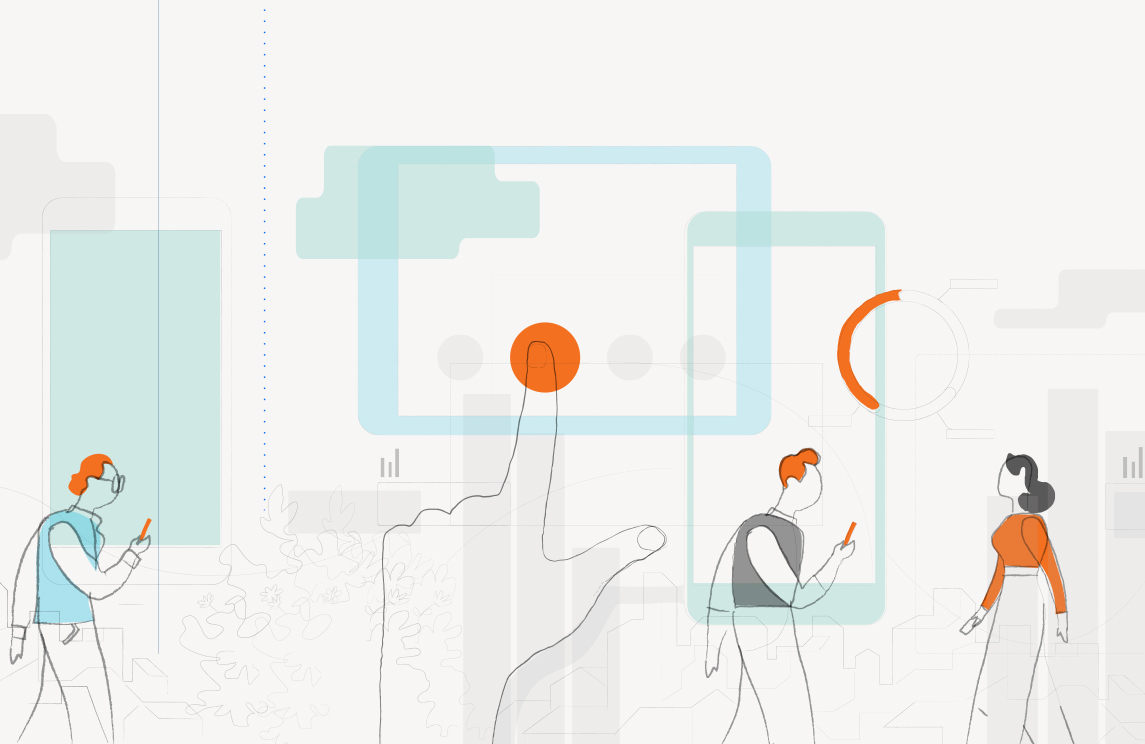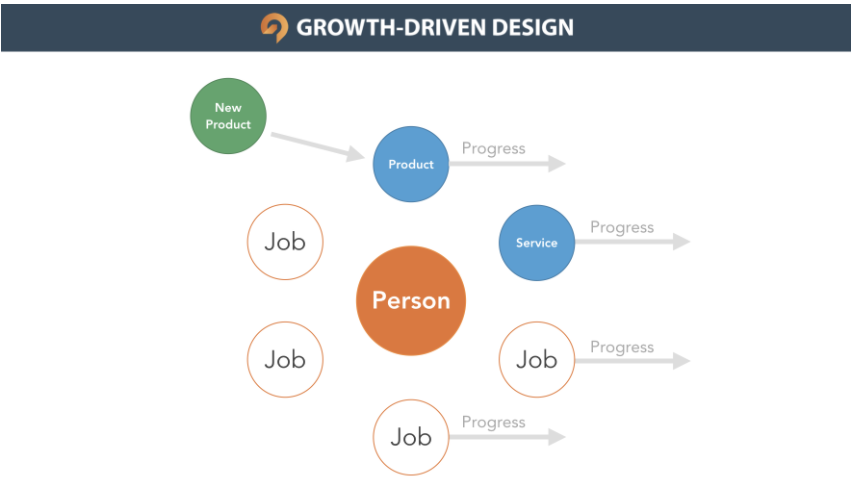Discovery Mode

PREPARATION IS KEY
Are you the type of person who uses Google street view to check the parking situation at a new location before going? Or packs seven outfits for a two-day weekend getaway? Or brings enough snacks to feed an entire 10 year-old soccer team, just for yourself? If any of these describe you, then you’re among friends here. You can never be too careful or too overprepared. Would you head out on a road trip knowing your destination but not how to get there? You could try, but it would waste a lot of time and energy trying to figure it out as you go along, rather than having a well thought out plan right from the start. And that is the entire point of our Discover phase. We like/want/need to have answers to all of the important questions that will guide your project to success before ever starting the framework.
The Discover phase consists of finding answers to four main questions:
- User Personas: Who are your customers?
- User Journey: What is the desired user journey through this website or mobile app?
- Customer Goals: What are the jobs to be done?
- Third Party Integrations: If using a third party, how will they integrate with our design and development?
DISCOVER THE USER PERSONA
The first step to developing a successful website or custom digital product is figuring out who it’s intended for – your target audience(s). Who is going to be using the website most, and why? To figure this out, we need the help of the client. They are the experts on their business after all. We gather this information by interviewing the client’s project team, interviewing front-line/customer-facing employees, customer surveys, or a combination of all of these. At the same time we evaluate analytics data and compare it to the qualitative research we have collected. The goal is to obtain the most information possible about their target audience(s): user type, demographics, income levels, tech savviness, goals, primary device used, number of times they use this product/service per year, competing product/services, etc.
We analyze this information and use it to form a User Persona – a fictional representation of our client’s typical or ideal customer or customers. It’s rare for a company to have only one User Persona. When there are multiple personas, we work with our client to prioritize them; we determine which one represents the largest segment of their customers, the second largest, and so on. We rely on and reference these personas as we make design and functional decisions. Once we have this information we can move on to the next stage of the Discover process.
DISCOVER THE USER JOURNEY
Now that we have target audiences identified, we need to understand how they will interact with the client’s business, product or service. We do that by creating a journey map that highlights touchpoints in the user journey that can be used to track quantitative key performance indicators (KPIs). When we visualize these touchpoints, we can track conversions and make strategic decisions based on their performance.
For example, say we’re building an app for a unique chain of hotels that are located inside the airport. What can we safely assume will be the target customer’s first action on the app after getting off the airplane? Opening the app to find the location of the hotel inside the airport. The touchpoint in this example is checking the location on the app. With this touchpoint in mind, as we develop the app, we must make sure that the location information is prioritized.
DISCOVER THE JOBS TO BE DONE
This portion of the Discover phase exists to understand the goals that need to be accomplished on the website or mobile app. This article on Growth-Driven Design explains the Jobs to be Done theory as a customer hiring a product or service to help them complete a certain type of job. Your product or service needs to complete that job which achieves the customer’s goal and furthers their progress in whatever they are trying to do and why. By understanding the why of the equation, we can uncover more helpful and logical solutions. It is critical to answer these questions in the strategy phase because it sets the tone of everything else that will be completed in the future.
The graph below shows the visual representation of the Jobs to be Done theory. A person has many jobs they need to complete in their day to day activities. The products or services they use to complete those jobs make progress in their life with the end goal of completing the project. So think about how your product or service fits into your customers life and what is their desired outcome? No matter what the product or service is, it is making progress towards completing a larger job.

THIRD PARTY PARTNERS
While we prefer to do all of the development in-house, third party companies are required on occasion. Sometimes they are requested by the client. Sometimes they are suggested as an option to meet a tight deadline. But no matter the reason, we do extensive research with the prospective third party before starting any development. We need to be 100% certain their product will seamlessly integrate with ours. Because what if we get halfway through the project without doing the background research and come to find it’s not going to work the way we thought. It’s an avoidable issue if we do the research and ask the right questions from the start.
DATA-DRIVEN DECISIONS
Once we have the answers to these questions we make recommendations to solidify our goals and address areas of improvement with consistent, incremental, measurable development initiatives. We document this entire process and deliver our detailed findings of the Discover phase to each client. After reviewing with the client, we move on to the next phase of our development process: Scope. Tune in next week to read about how we decide what area of the website or mobile app to start on.

